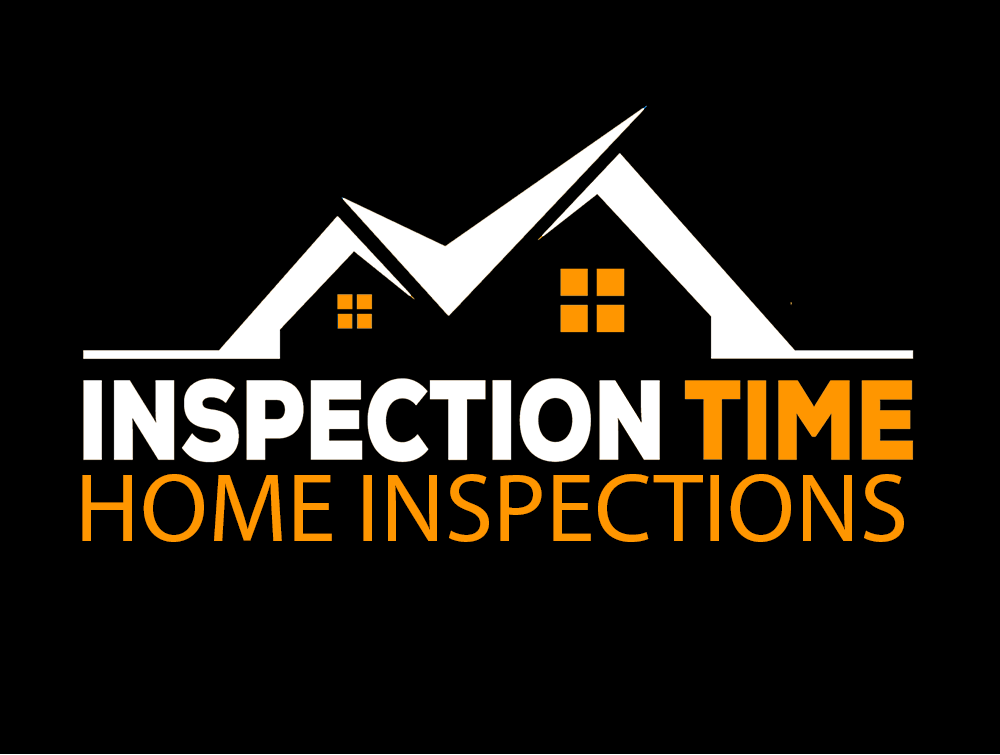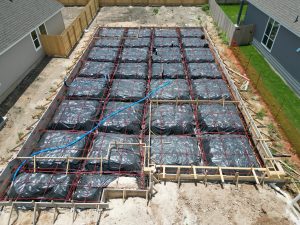By: Inspection Time | Aaron Davis CMI Trec#25498 | Professional Home Inspector

A pier and beam foundation is a robust and flexible system often used in areas with expansive soils or where a crawl space is beneficial. However, one of the critical issues that can arise with this type of foundation is leaning piers. Leaning piers can lead to significant structural problems if not addressed promptly. In this blog, we’ll explore the potential issues caused by leaning piers, why it’s important to correct them, and the steps involved in addressing this problem.
What is a Pier and Beam Foundation?
A pier and beam foundation consists of concrete piers placed deep into the ground to support the load of the structure. Beams are laid across these piers to distribute the weight of the house. This type of foundation provides stability and allows for a crawl space, which can be useful for utility access and insulation.
What Causes Piers to Lean?
- Soil Movement: Expansive soils that swell when wet and shrink when dry can cause piers to shift and lean over time.
- Water Erosion: Poor drainage and water runoff can erode the soil around the piers, leading to instability.
- Poor Construction: Inadequate initial placement or lack of proper reinforcement can result in piers leaning as the load of the house exerts pressure on them.
- Seismic Activity: Earthquakes and other ground movements can displace piers, causing them to lean.
Potential Issues Caused by Leaning Piers
- Foundation Cracks: Leaning piers can create uneven stress on the foundation, leading to cracks and structural damage.
- Uneven Floors: As piers lean, the beams they support can shift, causing floors to become uneven or bouncy.
- Wall and Ceiling Cracks: Differential settling can result in cracks in the walls and ceilings of your home.
- Doors and Windows Misalignment: Leaning piers can cause the framework of the house to shift, leading to misaligned doors and windows that are difficult to open and close.
- Increased Maintenance Costs: Structural issues caused by leaning piers can lead to frequent and costly repairs if not addressed promptly.
- Safety Hazards: Significant structural instability can pose safety risks to the occupants of the home.
Why It’s Important to Correct Leaning Piers
- Preserve Structural Integrity: Correcting leaning piers ensures the structural integrity of your home is maintained, preventing further damage.
- Protect Your Investment: Your home is a significant investment, and maintaining its foundation is crucial to preserving its value.
- Prevent Escalating Costs: Addressing the issue early can prevent minor problems from developing into major, expensive repairs.
- Ensure Safety: A stable foundation is essential for the safety of your home’s occupants. Correcting leaning piers helps eliminate potential hazards.
- Improve Resale Value: A well-maintained foundation is a key selling point for potential buyers, enhancing the resale value of your home.
Steps to Correct Leaning Piers
- Professional Inspection: Hire a structural engineer or foundation specialist to inspect the piers and determine the extent of the problem.
- Soil Stabilization: In cases where soil movement is the cause, soil stabilization techniques such as compaction or the addition of stabilizing materials may be necessary.
- Pier Replacement or Reinforcement: Leaning piers may need to be replaced or reinforced with additional materials to restore stability.
- Improving Drainage: Ensure proper drainage systems are in place to prevent water erosion and soil instability around the piers.
- Regular Maintenance: Schedule regular inspections and maintenance to ensure the foundation remains in good condition and any issues are addressed promptly.
Conclusion
Leaning piers in a pier and beam foundation can lead to significant structural issues if not corrected. By understanding the causes and potential problems associated with leaning piers, and taking proactive steps to address them, you can protect your home and ensure its long-term stability and safety. If you suspect that your piers are leaning, it’s essential to consult with a professional to assess and rectify the problem.
Hashtags and Keywords
Hashtags: #PierAndBeamFoundation #LeaningPiers #FoundationMaintenance #HomeMaintenance #StructuralIntegrity #FoundationRepair #HomeImprovement #BuildingSafety #FoundationInspection #HouseFoundation
Keywords: pier and beam foundation, leaning piers, foundation maintenance, structural integrity, foundation repair, home improvement, building safety, foundation inspection, house foundation, correct leaning piers
By taking the necessary steps to correct leaning piers, you can ensure your home remains stable, safe, and valuable for years to come.




